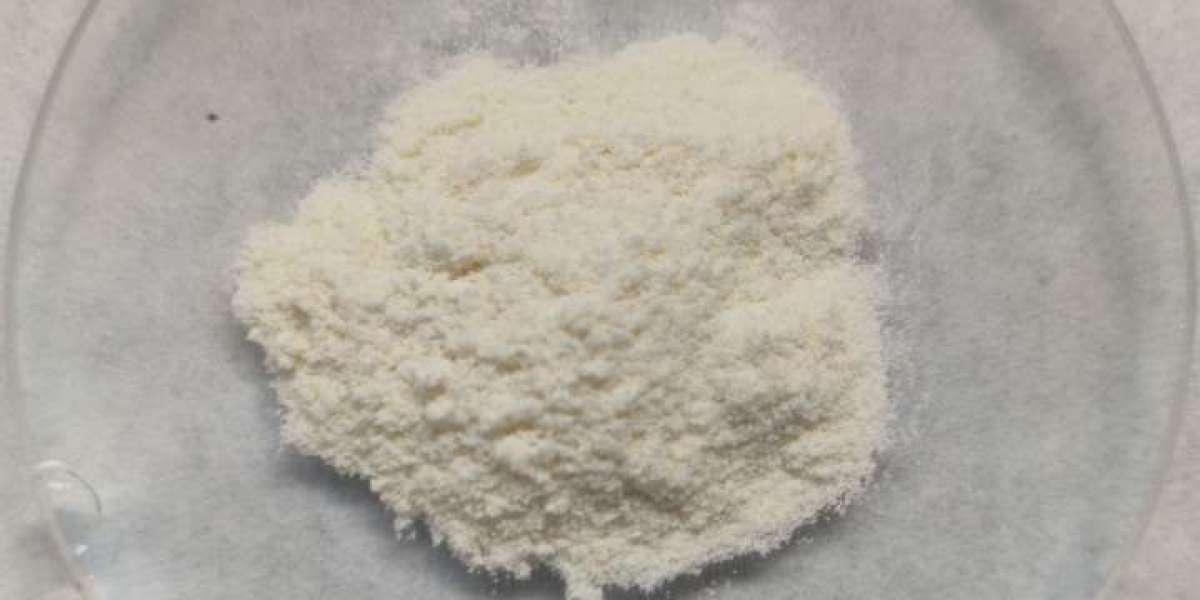The chitosan market is undergoing a period of significant evolution, marked by technological advancements, expanding applications, and a shift toward more sustainable material alternatives. Chitosan, a natural biopolymer derived primarily from chitin found in crustacean shells, has long been recognized for its biodegradability, biocompatibility, and antimicrobial properties. These features have positioned it as a valuable material across sectors such as pharmaceuticals, water treatment, cosmetics, agriculture, and food packaging.
Recent market developments suggest that chitosan is transitioning from a niche specialty chemical to a mainstream component in the global push for sustainable and functional materials. As of 2024, the chitosan market is valued at approximately USD 8.5 billion, with forecasts projecting a rise to USD 15 billion by 2030, growing at a compound annual growth rate (CAGR) exceeding 10%. This article explores the key drivers, innovations, and strategic developments shaping the market’s trajectory.
Expansion of Application Areas
1. Biomedical Innovations
Chitosan’s high biocompatibility and ability to form hydrogels have made it a material of choice in biomedical research. Recent developments include its use in wound dressings with enhanced healing capabilities, bioadhesive drug delivery systems, and scaffolds for tissue engineering. Research is also underway into nanostructured chitosan formulations for targeted drug delivery in oncology and immunotherapy, signaling promising avenues for growth in high-value medical applications.
2. Water Treatment Solutions
Water scarcity and pollution have accelerated the need for efficient and environmentally friendly water purification technologies. Chitosan’s effectiveness in removing heavy metals, oils, dyes, and pathogens has led to the development of next-generation filtration systems and bio-based flocculants. These solutions are gaining adoption not only in industrial wastewater treatment but also in decentralized municipal water systems, particularly in developing economies.
3. Functional Food and Nutraceuticals
The growing interest in functional foods and dietary supplements has expanded chitosan’s role in the health and wellness industry. It is now commonly used as a fat-binding agent in weight-loss supplements and as a cholesterol-lowering compound. New product launches combining chitosan with plant-based ingredients or probiotics are gaining traction in North America and Europe, driven by increasing health consciousness among consumers.
4. Green Agriculture Inputs
Chitosan is being increasingly recognized as a sustainable agricultural input. Its ability to enhance plant immunity, promote growth, and improve soil quality has led to the development of eco-friendly fertilizers and biopesticides. With regulatory bodies tightening restrictions on synthetic agrochemicals, chitosan-based alternatives are finding favor among organic and sustainable farming practitioners.
Technological and Production Advancements
One of the critical challenges in the chitosan market has been the high cost and variability of production. Traditionally derived from seafood waste, chitosan extraction has been limited by seasonal availability, regional disparities, and inconsistent raw material quality. However, new production technologies are beginning to overcome these limitations:
Fungal-Derived Chitosan: The development of chitosan from fungal sources offers a vegan, non-allergenic, and more consistent alternative. Companies and research institutes are investing in fermentation-based production processes that reduce dependency on marine resources and improve scalability.
Green Extraction Methods: Innovations in enzymatic and microwave-assisted extraction techniques are reducing the use of harsh chemicals and lowering production costs, while improving yield and purity.
These advancements are expected to significantly improve the cost-competitiveness and environmental profile of chitosan, broadening its appeal to manufacturers and end-users.
Strategic Market Movements
Mergers, acquisitions, and partnerships are becoming more common as companies look to consolidate capabilities and expand market reach. Noteworthy developments include:
Strategic partnerships between chitosan producers and pharmaceutical companies to co-develop medical-grade formulations.
Acquisitions aimed at integrating upstream and downstream operations for better supply chain control.
Collaborations between academic institutions and startups to commercialize cutting-edge applications, particularly in the fields of nanotechnology and regenerative medicine.
Meanwhile, governments and international organizations are playing a supportive role through funding initiatives and regulatory frameworks that promote the use of biodegradable polymers.
Outlook and Opportunities
The future of the chitosan market looks promising, with continued expansion into high-growth industries and a strong alignment with global sustainability goals. While challenges such as cost barriers and supply chain variability remain, ongoing innovation and strategic investment are paving the way for long-term growth.
For stakeholders ranging from raw material suppliers to end-product manufacturers the opportunity lies in investing in R&D, forming cross-sector partnerships, and capitalizing on emerging application areas. As consumer and regulatory demand for eco-friendly materials intensifies, chitosan is poised to play a pivotal role in the next generation of sustainable solutions.
Conclusion
Chitosan market developments reflect a broader shift toward natural, multifunctional materials that meet both industrial performance standards and environmental imperatives. With its expanding role across diverse sectors and improving production capabilities, chitosan is evolving from a byproduct into a key enabler of innovation in the green economy.








